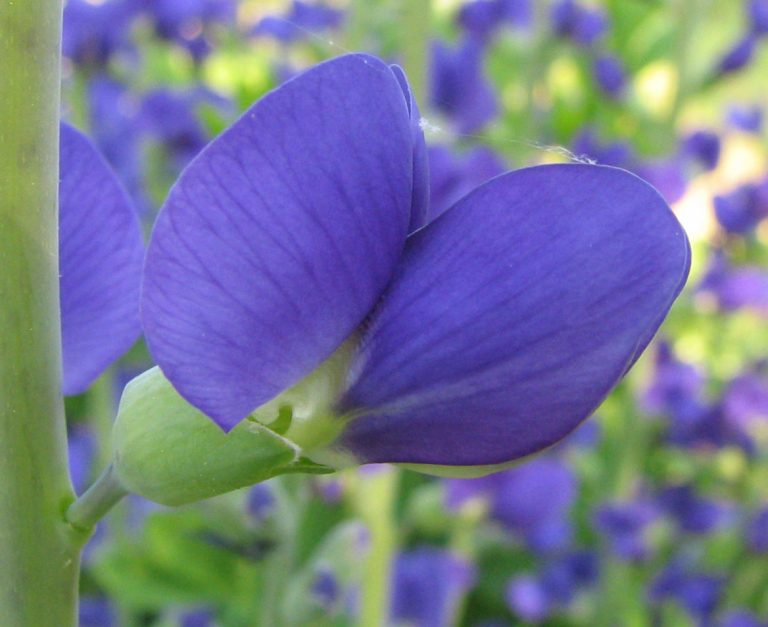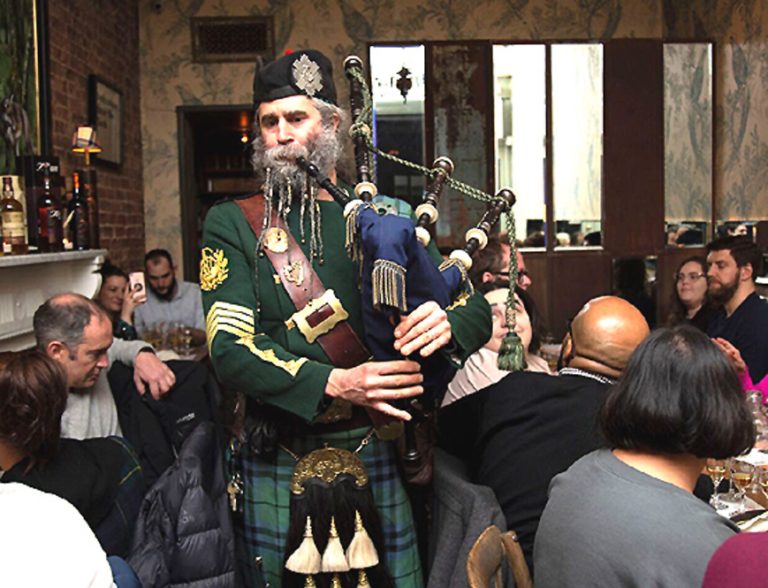As a little girl, super-recognizer Yenny Seo thought that remembering the faces of people she saw on the streets two weeks ago was something everyone could do. When watching movies, she often recognised the “extras” who would appear fleetingly in other films, but her mother just assumed she simply had an extremely attentive daughter. Neither would have guessed that she had a super power!
Yenny became more aware of her ability during her school years. She said “I would start a new class in uni or I would meet people through social gatherings and I would remember visually what kind of photos I’d seen them in. I’d already be so familiar with them and I’d know in my head: ‘Oh, you are that person’s sibling, or you used to date so-and-so.” Although a vast amount of information was being retrieved and compiled in her mind during an introduction, Yenny would simply express “Oh, nice to meet you,” aware that it might creep people out if she revealed what she knew about them.
After she realized she was a little different from others, Yenny treated her ability as an entertaining game “It’s always been quite fun for me,” she says. “Especially as a child. I remember just really enjoying looking at different faces.”
What is a super-recognizer?
It was not until the early 2000s that the scientific community realized that not everybody sees the world in the same way. Intrigued by the process that leads to facial recognition, Dr. David White, now a lead investigator at the Face Research Lab at the University of New South Wales (UNSW), started his study on “super-recognizers,” namely, people who are able to memorize and recall unfamiliar faces, even after a brief glimpse.
Dr. White and his colleagues estimate that only about 1-2 percent of the world’s population are what one would consider “super-recognizers.” The biological reasons behind this ability are still subject to debate, but studies show that these individuals typically have thicker-than-normal cortex in the area of the brain that tackles facial recognition. In addition, White discovered that the way super-recognisers look at faces is different. They do so by “spreading their gaze more around the face, which suggests they might be painting a more elaborate picture of the face in their mind’s eye.”
Success
You are now signed up for our newsletter
Success
Check your email to complete sign up
When she tested her abilities in an online tool designed by White and his team to identify the world’s best super-recognisers, Seo ranked in the top 50 out of 100,000 people. She was thus invited to Sydney for more testing. “It made me realise: oh yeah, it’s not crazy – I must have been right the whole time. It’s not that I’m creepy, but my brain is just wired that way.”
Although Yenny’s rare ability is increasingly valued by security and law enforcement agencies around the world who require facial recognition in footage of crime scenes, she prefers to keep her ordinary job as a pathology lab technician. Having gained “confidence in my abilities,” she wants to continue on with her normal life while enjoying the new challenge the COVID-19 pandemic has given her: recognizing people in face coverings.







